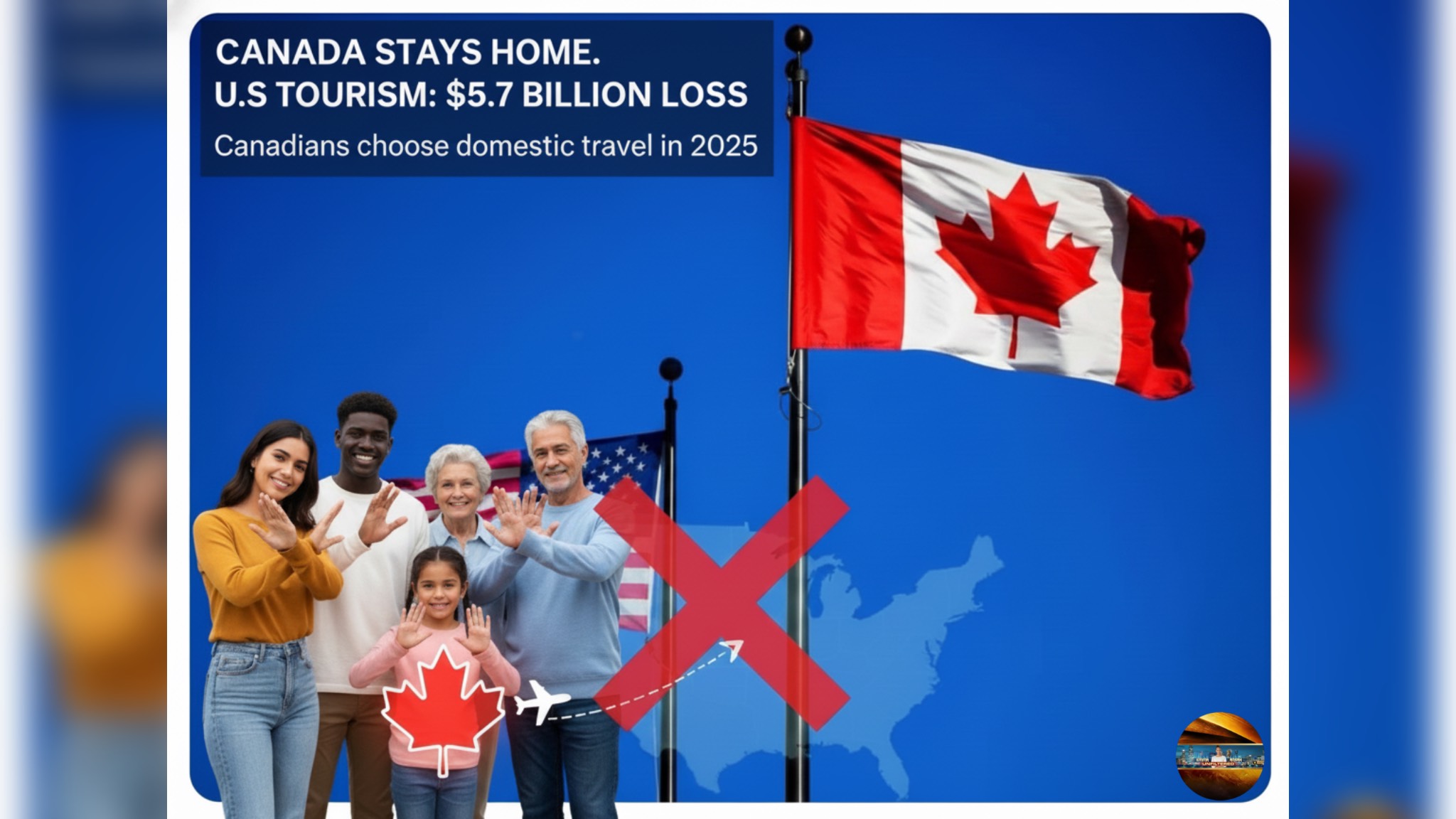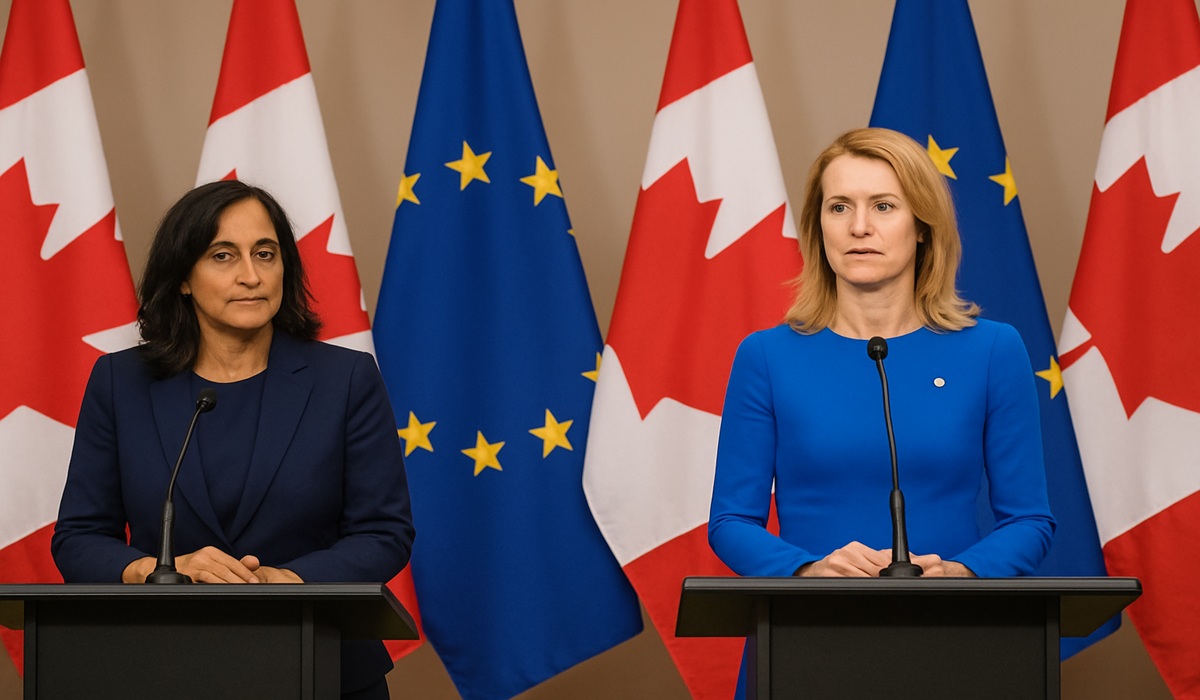By Donovan Martin Sr, Editor in Chief
Canada has announced a new commitment of $60 million to Haiti, framed as an investment in democracy and stability. On paper, it sounds noble. But when aid packages are unveiled on the world stage, one must always ask: why this amount, why now, and what does the donor country expect in return?
The number itself raises questions. Why $60 million? How was that figure determined? Is it the result of careful needs assessments, or was it simply a round number that sounded significant in a press release? More importantly, is it even enough to make a dent in the crisis Haiti faces? Gangs control large portions of the capital, millions are displaced, and the state itself struggles to assert authority. Against problems of that scale, $60 million seems less like a solution and more like a symbolic gesture.
It also begs another question: could that money have been better spent at home? Canadians are dealing with rising costs of living, strained healthcare systems, and growing inequality. When Ottawa pledges tens of millions abroad, citizens understandably wonder if those funds might do more good helping struggling families within Canada’s own borders. There is a trust gap here. Many Canadians doubt that foreign aid dollars actually achieve what governments say they will achieve, especially when funneled into environments where corruption and extortion are rampant.
And Haiti’s environment is just that. Gangs are not fringe actors but dominant powers, collecting income through extortion, protection rackets, and kidnapping. It is widely acknowledged that some economic actors pay these groups simply to keep goods moving and people safe. In such a system, any injection of money risks indirectly sustaining the very networks Canada claims to be working against.
Beyond the immediate crisis, there are the deeper historical wrongs that shape Haiti’s reality. For over a century after independence, Haiti was forced to pay crippling reparations to France—an injustice that bled its economy dry before it could even begin to grow. Today, its mineral and natural resources remain of enormous interest to outsiders, while Haitians themselves see little benefit. Until those fundamental inequities are addressed, no amount of foreign aid will bring stability.
Which brings us back to Canada’s motives. If $60 million cannot realistically transform Haiti’s crisis, then what is the purpose? To showcase leadership at the United Nations, a body that itself is deeply flawed? The UN has become a place more for speeches and posturing than solutions. It is an institution where veto powers reign supreme, where charters are applied unevenly, and where grand declarations rarely translate into meaningful change on the ground. Announcements made there carry political weight internationally, but their impact on ordinary Haitians is far less certain.
Haiti is not just another aid recipient. It holds ports of strategic importance, sits close to North America, and is rich in resources. To think Canada’s pledge is made without any awareness of these factors would be naïve. Aid is never just about compassion—it is also about influence, security, and positioning.
So Canadians are left to weigh the balance. Will this $60 million truly help Haitians build democracy and stability? Or is it a carefully packaged display of international benevolence that masks strategic interests? Is it a genuine attempt to help, or a transactional move to safeguard Canada’s role in the region and its standing at the UN?
Until Haiti’s resources are returned to its people, until the extortion economy is dismantled, and until the international community stops profiting from its instability, aid packages like this will remain suspect. They may look altruistic, but they are rarely just that. For many Canadians watching from home, the real question is whether this money will do what the government claims—or whether it could have done far more good if invested here at home.









